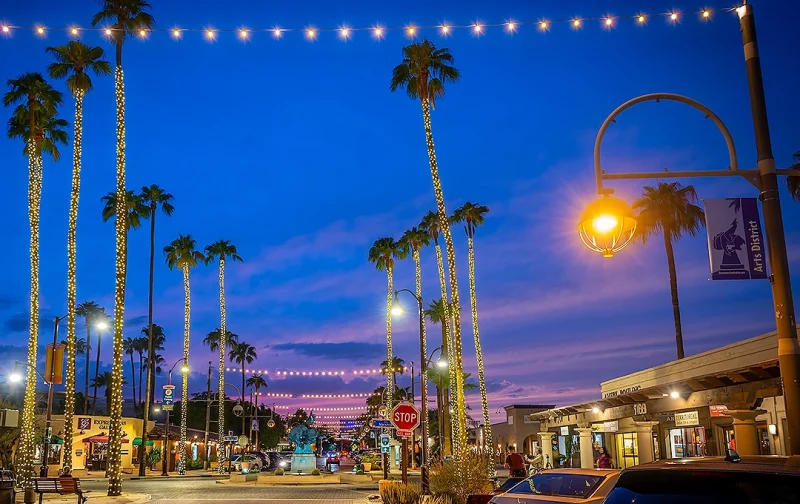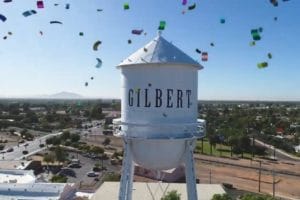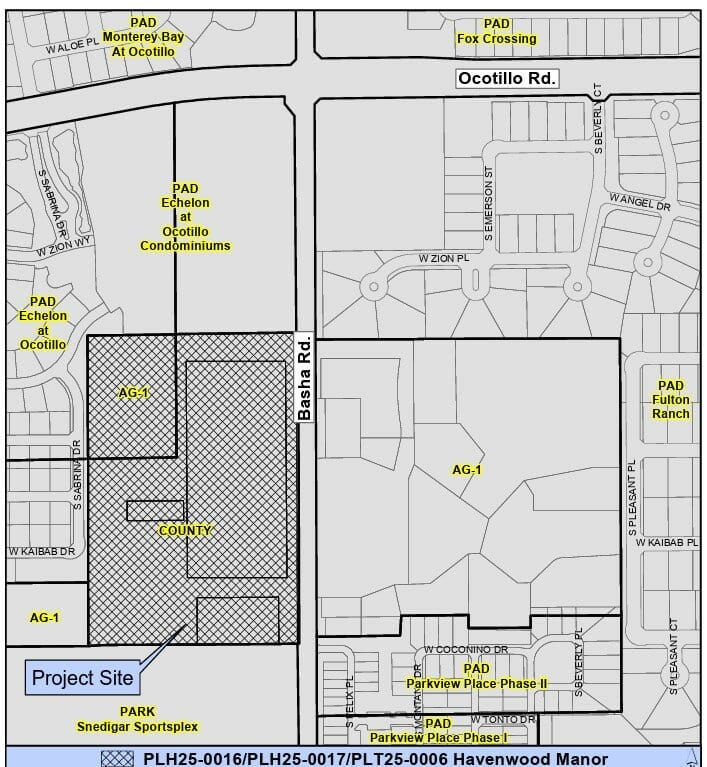
By Debra Utacia Krol | Arizona Republic
Three winters ago, Sen. Jamescita Peshlakai experienced firsthand the impact of the lack of running water or other basic infrastructure for many homes in the Navajo Nation.
“My niece’s trailer caught fire,” said Peshlakai, D-Cameron. “She and her husband burned to death. They pushed their baby out the window.” The child survived and is now in the care of her grandparents.
With the nearest fire station nearly 30 miles away, and no fire hydrants nearby to supply water to fight fires, Peshlakai says living in Cameron is like “living in the wild, wild West.”
Now a new tragedy plagues the Navajo Nation: A shortage of running water is contributing to sickness and death.
As the coronavirus pandemic swept across the United States, few places were harder hit than Navajo land. Its 24,700 square miles are sparsely populated, with only 175,000 Navajo citizens living in an area the size of West Virginia.
Yet as of late last week it had confirmed more than 1,000 cases of COVID-19. As a percentage of the population, the nation’s infection rate is nearly 10 times that of Arizona’s.
Jason John, director of the Navajo Nation Department of Water Resources, attributes the spread to two things. The tribe faces a chronic housing shortage, with an estimated half of all homes housing multiple generations.







